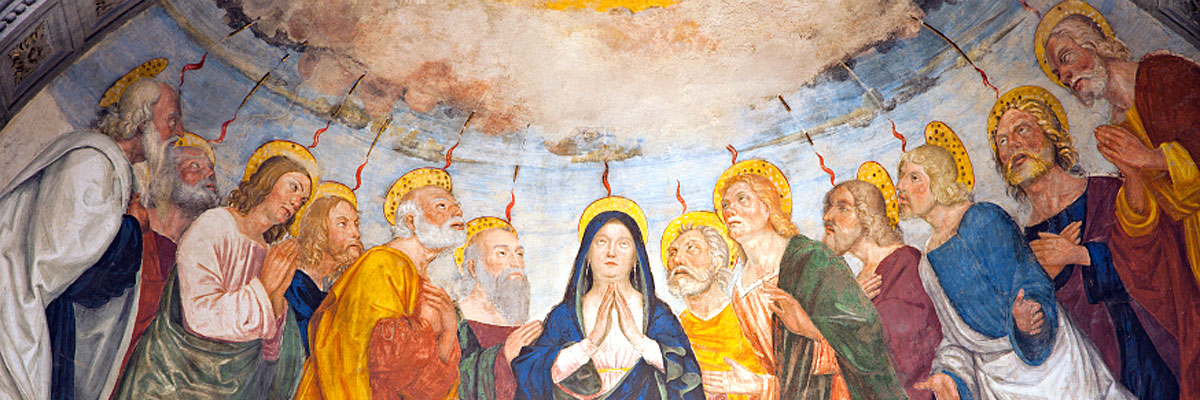
Understanding Our Church
A Treasury of Arkansas Writers Discussing the Catholic Faith
Official Website of the
Catholic Diocese of Little Rock
Beautiful churches are instruments of evangelization
Published: June 8, 2019
By Father Jason Tyler
Diocesan Bioethicist
On April 15, as Arkansas priests were gathered for the annual Chrism Mass and day of recollection, the topic of conversation during an early afternoon break quickly became the fire then burning at Notre Dame Cathedral in Paris.
We were shocked and saddened to see such a beautiful, historic church engulfed in flames. Later that night, I was happy to learn two things: first, that Notre Dame was not destroyed and could be repaired; and second, that many others — and not only Catholics — were as shocked as I had been on learning of the fire. Social media was filled with pictures of the iconic cathedral as the fire caused people to reminisce about their own travels to Paris or grieve its damage.
These feelings of common concern were not to last, however. Within about 48 hours, I started to see posts online saying things like, “People shouldn’t donate to rebuild Notre Dame when we have so many poor people in the world” or “We already have other churches. Why give anything to rebuild this one?”
We must also consider the importance and beauty of our own churches, which must lift our minds and hearts to God. When done correctly, the building itself will become an instrument of evangelization.
Certainly, those critics are correct in noting the vast suffering in the world and the many causes worthy of receiving donations. Yet, there is no indication that the donors to the Notre Dame effort were giving to it instead of supporting some other worthy cause. Rather, it appears that they are giving by and large from their savings or from business profits. The question of donating for that church and donating for the poor should be a “both/and” situation, not an “either/or.”
The initial widespread reactions of sadness to the Notre Dame fire, along with the criticisms of donations to rebuild it, provide an occasion for us reflect on why the beauty of a church building is important. The Catechism of the Catholic Church describes the role of a church (building) and the Church (community) in paragraph 1180: “These visible churches are not simply gathering places but signify and make visible the Church living in this place, the dwelling of God with men reconciled and united in Christ.” Quoting the Second Vatican Council, the ‘catechism’ says that a church '"ought to be in good taste and a worthy place for prayer and sacred ceremonial.’ In this ‘house of God’ the truth and the harmony of the signs that make it up should show Christ to be present and active in this place.” (catechism, no. 1181)
“Built of Living Stones,” the United States Conference of Catholic Bishops’ guidelines for art, architecture and worship, speak specifically about the importance of beauty. “The external and internal structure of the church building should be expressive of the dignified beauty of God’s holy people who gather there and of the sacred rites they celebrate.” Art and architecture “invite believers to raise their minds and hearts to the One who is the source of all beauty and truth” (44).
Although a world treasure, the rebuilding of Notre Dame in Paris will fall primarily to the people of Paris, whose cathedral it is. Closer to home, we recognize that along with our call to do good works for our fellow human beings, we must also consider the importance and beauty of our own churches, which must lift our minds and hearts to God. When done correctly, the building itself will become an instrument of evangelization.
Furthermore, if the sacred art and architecture of a beautiful church accomplish drawing us out of ourselves and toward God, might we not also be more inspired to live out God’s commands, including caring for the less fortunate in our world? Ultimately, we do not have the challenge of supporting either beautiful churches or the poor; we have the challenge of supporting both beautiful churches and the poor.



